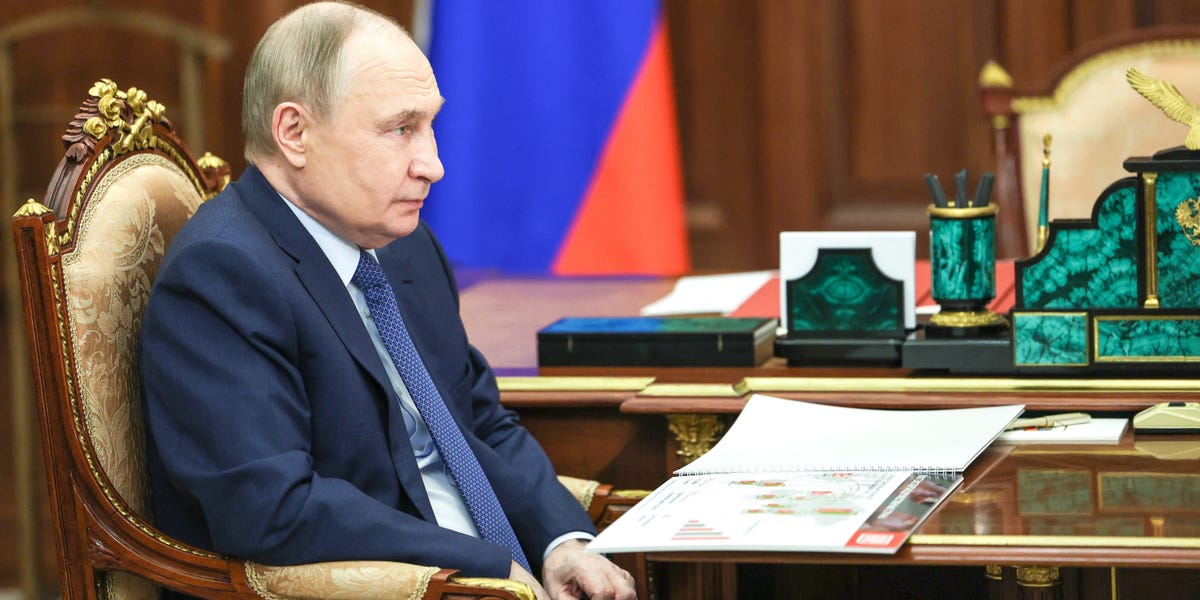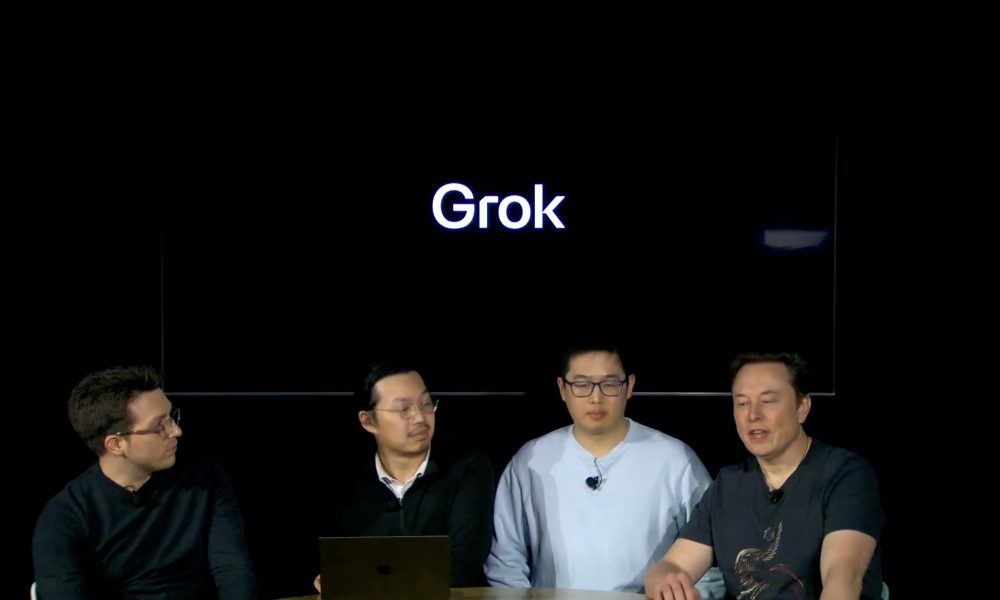Russia’s high recruitment bonuses to sustain its war effort in Ukraine are straining the country’s economy, according to a recent report from the Institute for the Study of War.
Costs have ballooned for the bonuses and the labor expansion in the defense industry,
Last July, Putin signed a decree more than doubling the standard enlistment bonus from 195,000 rubles to 400,000 rubles — nearly five times the country’s average monthly wage.
The head count drive has placed the military in direct competition with civilian industries for labor, driving up wages and prices, particularly in services, while Russia continues to pour funds into its war effort.
“Russia cannot indefinitely replace its forces at the current casualty rate without an involuntary reserve mobilization, which Russian President Vladimir Putin has shown great reluctance to order, nor can it sustain increasingly high payments to recruits, which the Russian economy cannot afford,” wrote the ISW analysts.
Russia has suffered over 950,000 injuries and deaths in the war, according to the Center for Strategic and International Studies in June.
The ISW analysts warned that Moscow is “burning the candle at both ends” by loosening monetary policy to prop up growth and expanding wartime spending. The combination, they said, risks further destabilizing the economy.
Russia’s “unsustainably high” payments to soldiers are likely to erode consumer purchasing power, weaken the ruble over time, and deepen macroeconomic instability, the ISW analysts wrote.
The cost of Russia’s war-driven economic boom
Putin’s administration beat its recruitment goals last year, largely by offering lucrative bonuses.
Some regional governments even offered bonuses on par with the US military’s sign-on payments.
That approach helped fuel short-term growth.
Economists at Bruegel, a Brussels-based think tank, wrote that military spending and bonus-driven consumption were key drivers of Russia’s GDP growth in 2023 and 2024.
As the economy shifted toward war, the defense sector and wartime consumption benefited most. But by mid-2023, the economy began overheating, prompting the central bank to raise interest rates repeatedly.
“Still, with much lending occurring at subsidised rates and the military-industrial complex shielded by public procurement, the rate hikes primarily impacted non-war-related sectors,” the Bruegel economists added.
Even the military-industrial sector showed signs of stagnation by late 2024.
“The economy had butted up against its supply-side constraints,” they wrote.
With the Bank of Russia directing credit to military-linked sectors, other parts of the economy are increasingly being squeezed.
Meanwhile, structural weaknesses in Russia’s war economy persist even if it has appeared to be resilient so far, thanks to the influx of war-related spending.
“Russia has lost major export markets for its defence products, faces rising costs from sanctions evasion and suffers from weak labour and migration policies — all of which compound its structural challenges,” the Bruegel economists wrote.



